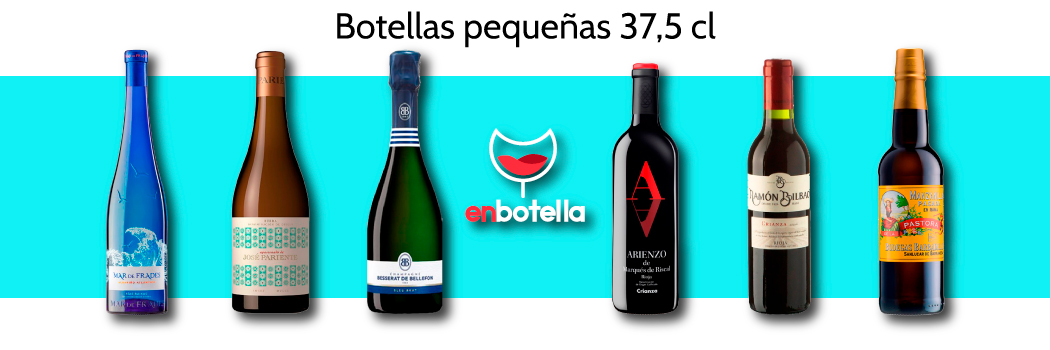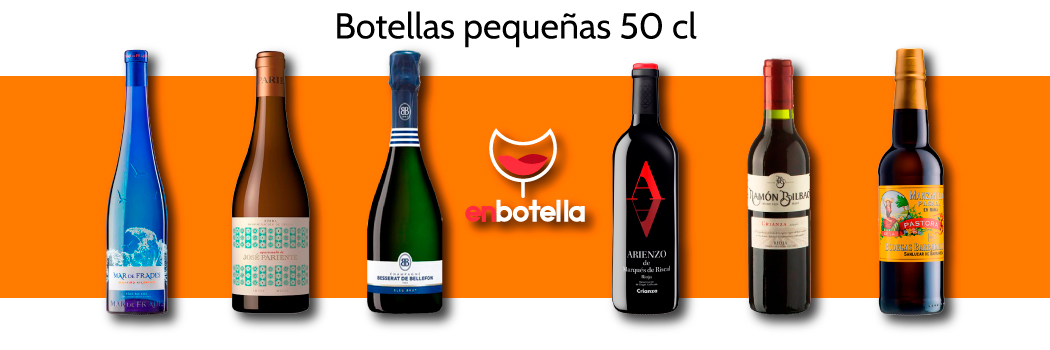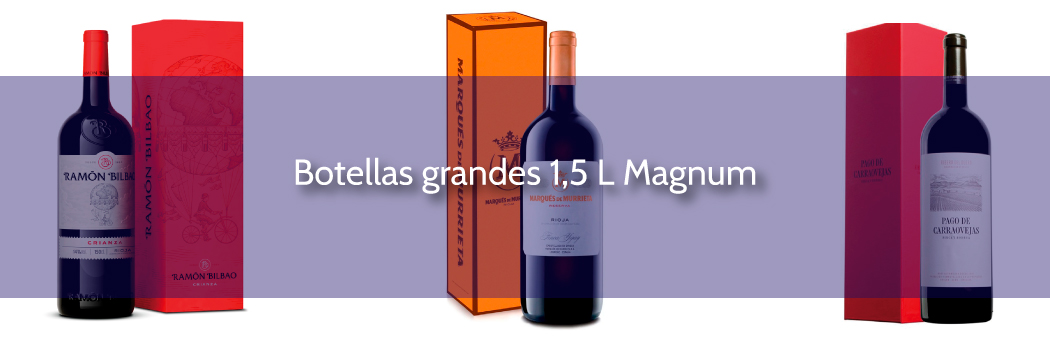Rafael Palacios, Godello of world stature
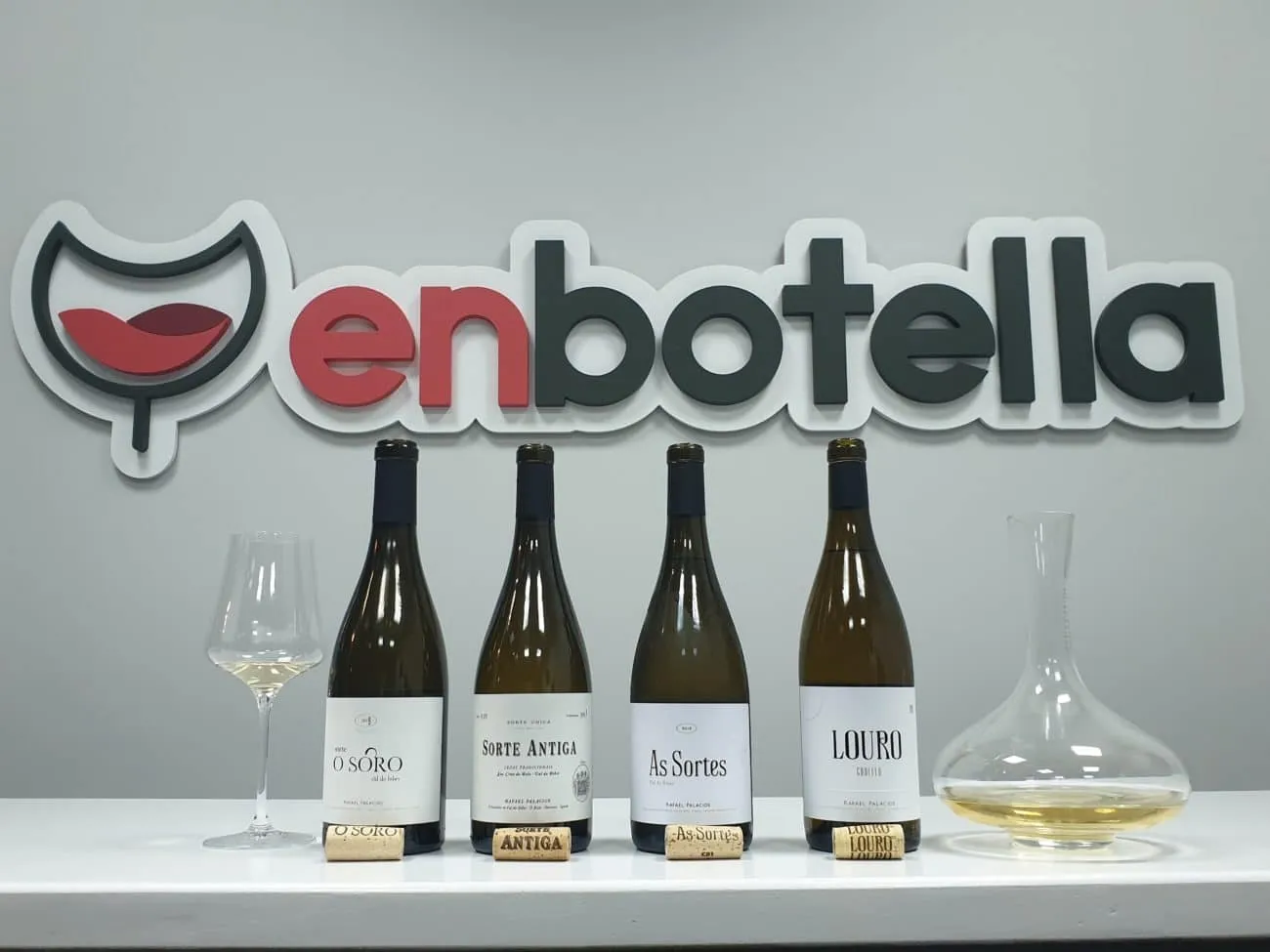
First steps far from home
As we mentioned before, Rafa was destined to continue the family legacy in Alfaro, but it was clear to him very early on that he needed to find his own place in the world and he did not hesitate. He finished his training in France at the Lycée de Montagne-Saint Émillion and in Bordeaux he worked with Dulong, one of the great businessmen of France and also with the Moueix family (owners of Petrus among others). After this experience he travelled to the antipodes to get to know the more technical version of the new world (at the hands of no less important wineries such as Penfolds among others) and to learn aspects of greater technical precision that would later be cardinal in his development as a winemaker.
In his experience he absorbed that knowledge of polar opposites that partly define his wines: on the one hand the well-understood tradition of the Bordeaux mentality and on the other hand the technical quest for new world precision.

Back in 1996 in Rioja at Palacios Remondo, his insistence to innovate and to avoid the strawberry trend in whites, the bombshell of the year at the time of the verdejos and albariños (there are still traces of that inertia), not only managed not to pull up his vines but also convinced the family to bring in fudres and start making whites with other aims in mind. Plácet, one of the great white wines of Rioja and of our country, was born from Rafa's hands and ideas.
In 2000 the death of his father precipitates a series of movements that end with Rafael deciding to move to Galicia, where he begins to know something special, and although he continues to work with his brother Álvaro until 2004, he is enchanted by a territory he will never leave behind.
A new beginning in the Val do Bibei
In 1999, after tasting a bottle of Guitián, he turned his attention to a Galicia that he had always been interested in but did not know in depth, and after a couple of harvests collaborating with wineries and winegrowers in the area. In 2004 he definitely marked with an X the interior of Ourense, for finding in the area an impossible equation between Atlantic profile, warmer summers, ideal soils and above all altitude, a lot of altitude.

In his first summer he himself was surprised at how hot it could get in the Valdeorras area, remembering that he had never been so hot in his native Rioja Baja. These first experiences in Valdeorras encouraged him to focus specifically on the highest sub-zone of the appellation, looking for cooler orientations towards the Bibei river before reaching the Sil river. The area known as Val do Bibei, especially around the municipality of O Bolo and Santa Cruz.
The Godello grape as a transmitter of a unique Terroir
Rafa stresses that it is important to understand that the varietal now on everyone's lips, lived almost cornered in an area that did not have a clear guideline at the level of looking for a varietal identity. Godello coexisted with many others and in fact it was started to look for more manageable, faster ripening varieties, until the Revival Plan (Reestructuracion de Viñedos de Valdeorras) in the mid 70's laid the foundations to bet on the Godello variety.
Knowing this, Rafael has spent more than 15 years searching for the best side of a variety that for him has more in common with a Central European variety than with the neighbouring Albariño. Thanks to the work of many small winegrowers since the end of the 20th century, he has been able to acquire some of the most impressive plots in the area, and although the most mature vines in the area are usually in the average 40 years old, there are some almost anecdotal examples around 100 years, as in the case of the Sorte Antiga vineyard.
The winemaker says the variety is "eternally immature" referring to the fact that its vegetative cycle is very long, and organoleptically it walks a fine balance between aromatic neutrality and excess weight on the palate. Somewhere between the extremes of both axes, the Godellos he makes capture all the essence of a soil worked for years with the same care as the plants themselves, and benefit from the balance that altitude and orientation give to the vines that manage to avoid the summer heat in the area.
Somewhere between the extremes of both axes, the Godellos he makes capture all the essence of a soil worked for years with the same care as the plants themselves, and benefit from the balance that altitude and orientation give to the vines that manage to avoid the summer heat in the area.

Fine and precise targets
Rafael told us that from his point of view in the profile of the white wine drinker there is a kind of sequence or natural evolution, where at the beginning they look for and enjoy more fruit, a second phase where they look for more fatty profiles with more voluminous mouths, ageing with lees, with or without wood, and finally, those consumers who continue in that evolution, end up looking for the soil, the tension, the most precise part of the most angular mouths (always speaking from balance and elegance).
This is the field of play for their wines. Godellos that from Louro 2019 already offer the frankness of smooth whites, with good acidity but with a certain volume, and that in its entry wine shows its fruitier side, with more stone fruit, accompanying citrus and herbal notes. Already from its first wine with a sensational quality - price ratio, you enjoy a godello of identity, with its classic light bitter finish and is point of volume on the palate.
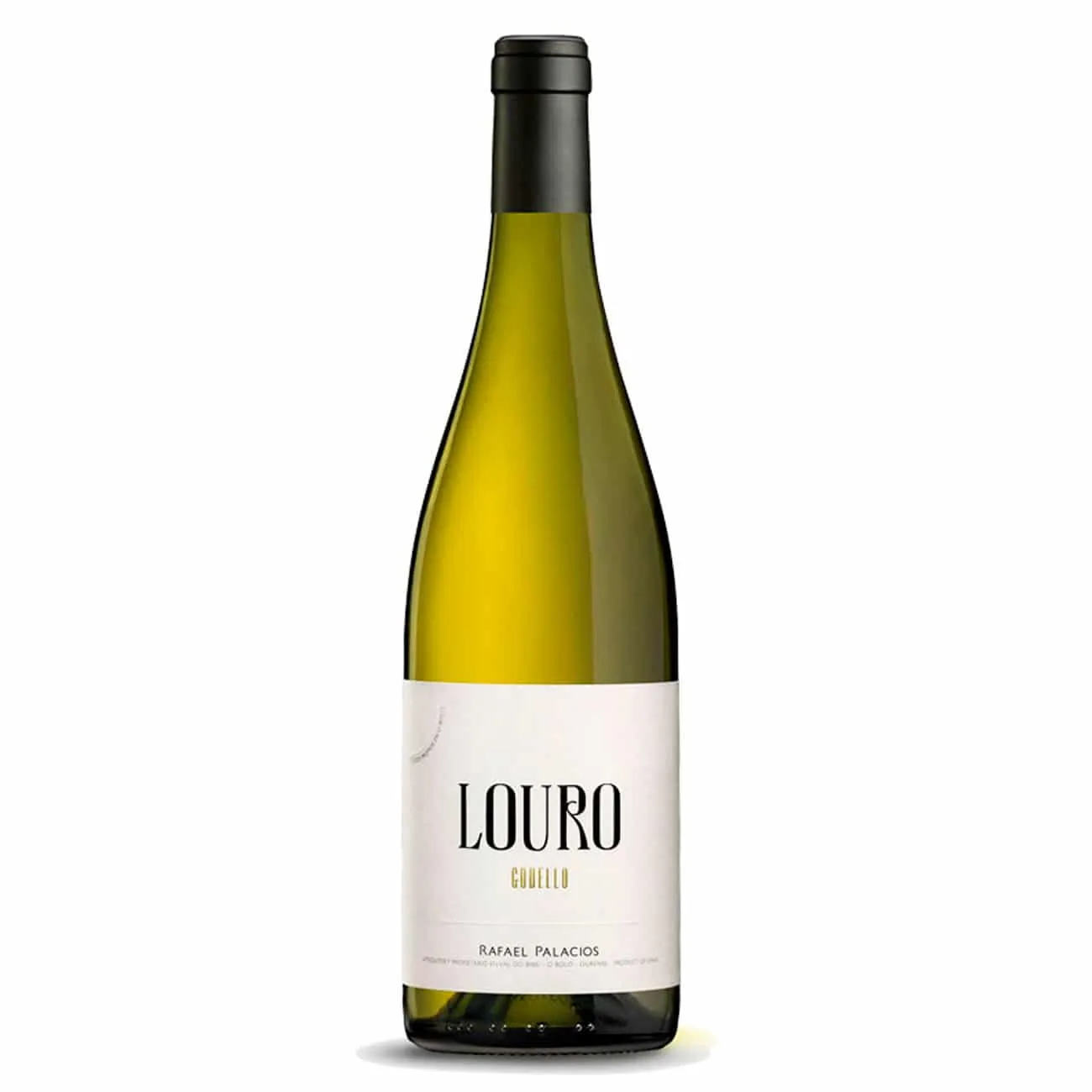
In the case of As Sortes 2019 it confirms itself as one of the great white wines of the national scene. This blend of 6 small "sortes", as the small plots of land that children inherit and share among siblings are called in the area, results in that duality that Rafael always seeks between fruit and cold, between acidity and structure, moulded by an absolutely precise and elegant use of wood. It is not in vain that all his wines are either fermented in oak or foudre, in a controlled manner, achieving wines designed to grow in the bottle, but recognisable from minute one.

We were also lucky enough to taste the new 2019 vintages of O Soro and Sorte Antiga, which will be released in the first quarter of 2021. O Soro 2019 promises to be the new rival to beat. A Godello difficult to compare to anything geographically close, concentration, elegance, acidity, mineral sensation, structure, depth... A wine that vintage after vintage evolves and grows and that we don't know how far it can go.
And if one wine seemed to us an example of commitment and mastery it was Sorte Antiga 2019. From one of the most unlikely plots in the area, a few hundred year old vines peeking out between granite and white sands, they are taken to the extreme with an intense skin maceration, working the grapes in the most traditional way, directly in the foudre, to create his most personal wine, with more texture, and as he himself says his best vintage and his best version so far of a skin maceration.

Rafael was lucky enough to come across these vineyards. Valdeorras was fortunate that Rafael came across them. And we feel fortunate to be able to learn about and enjoy his wines. If you still don't know his wines, I don't know what you are waiting for

